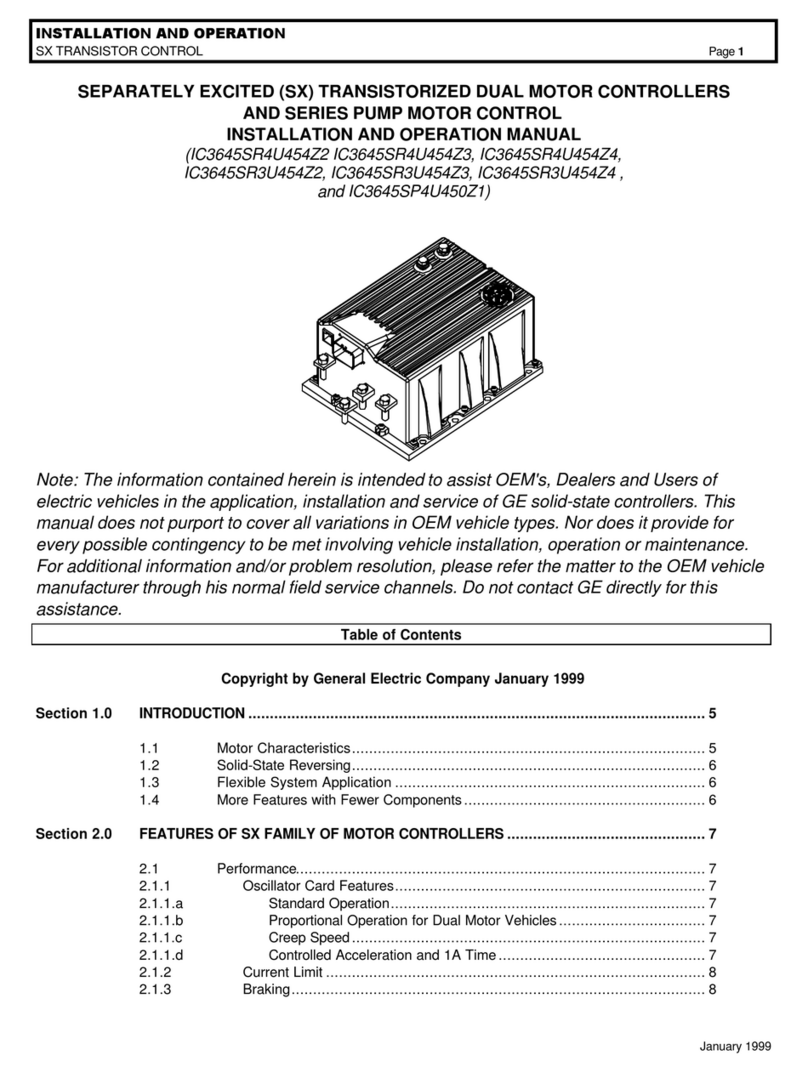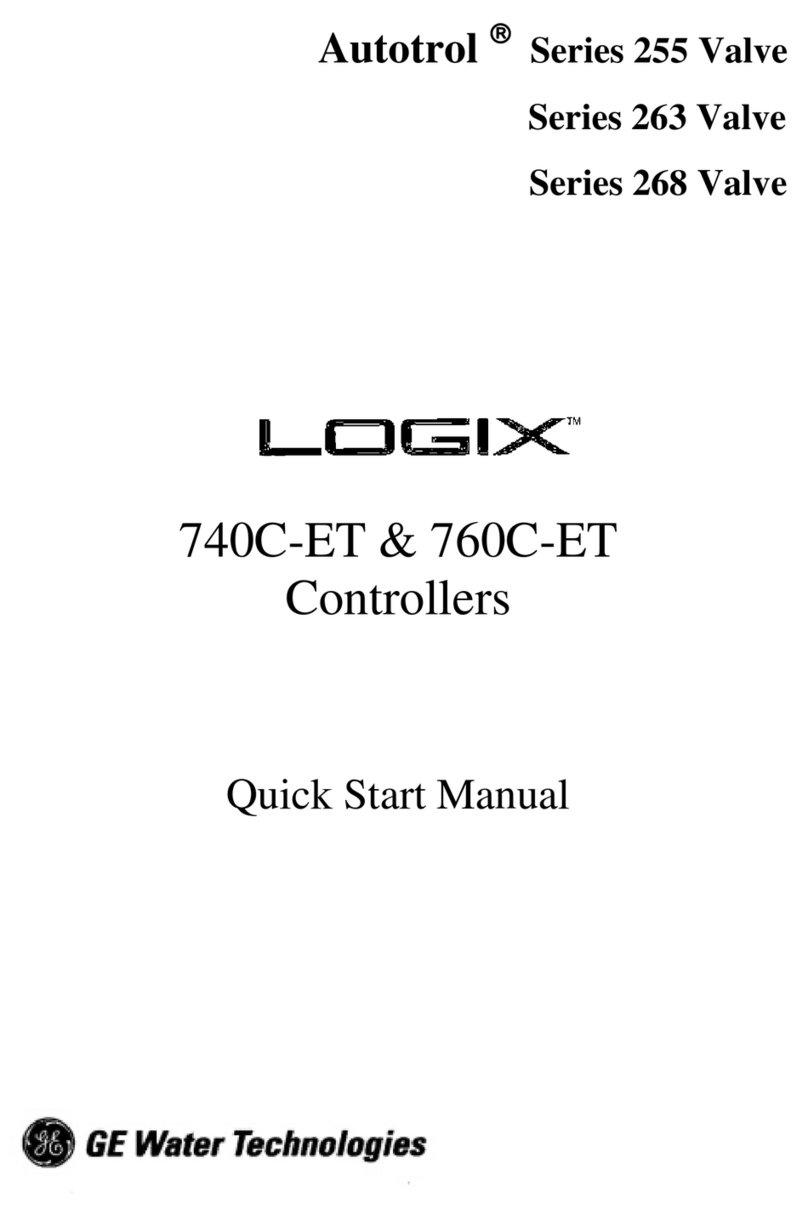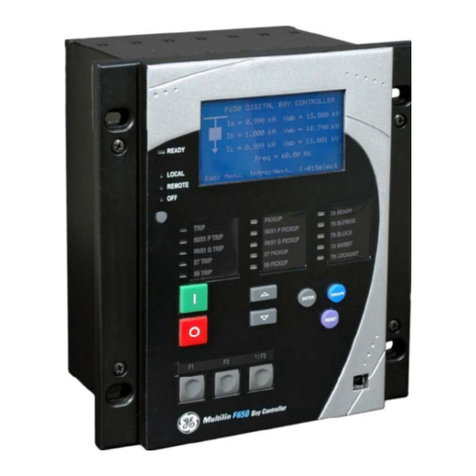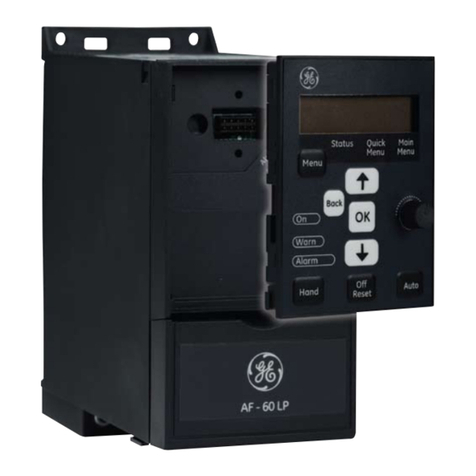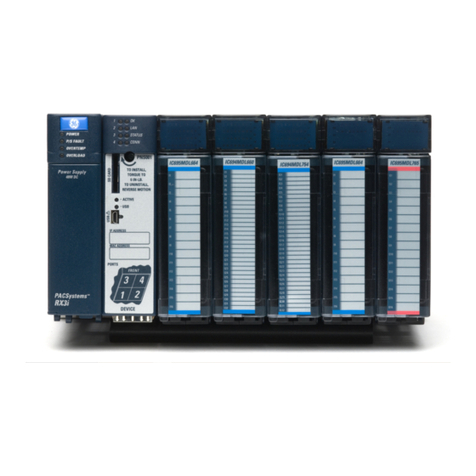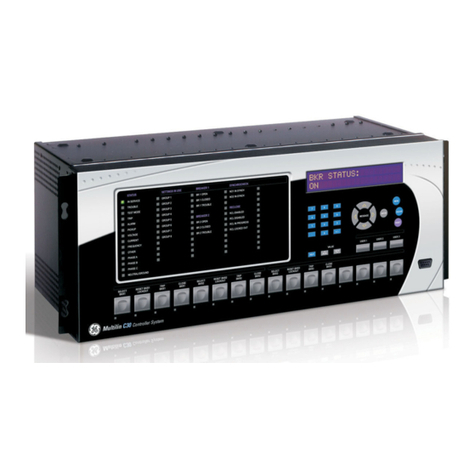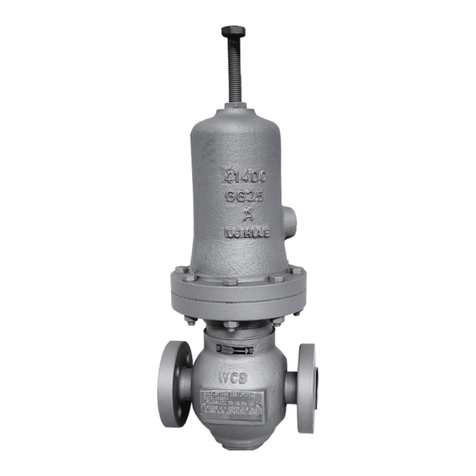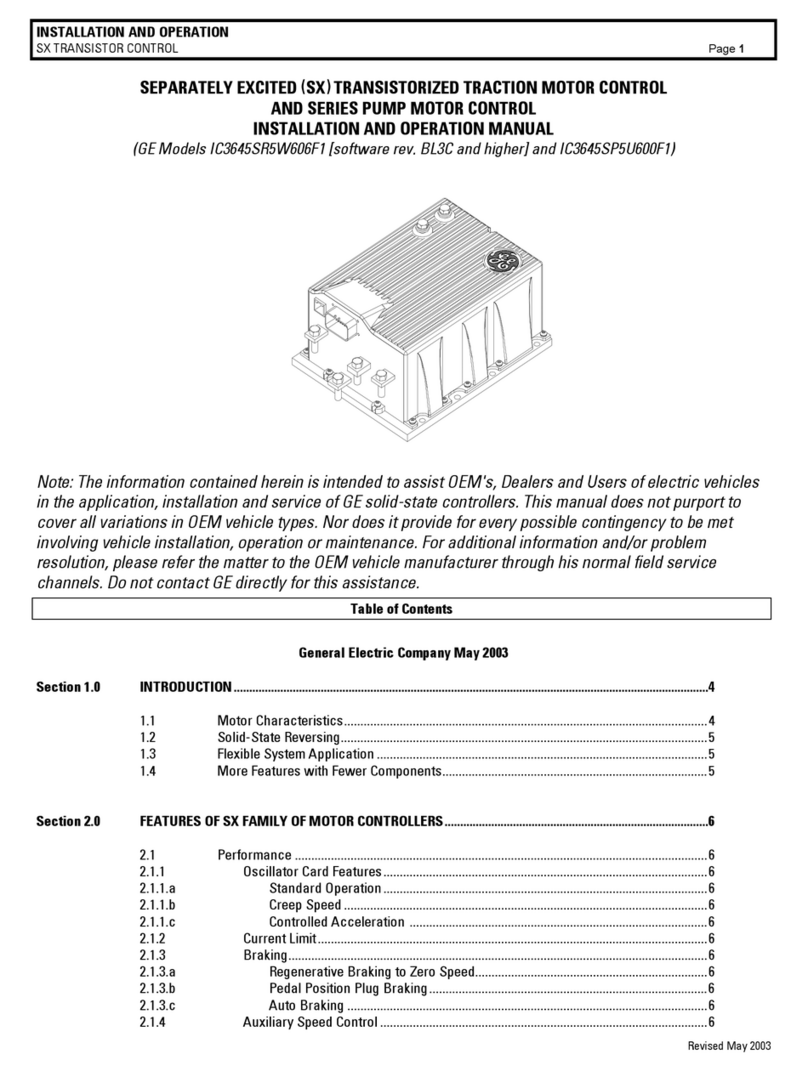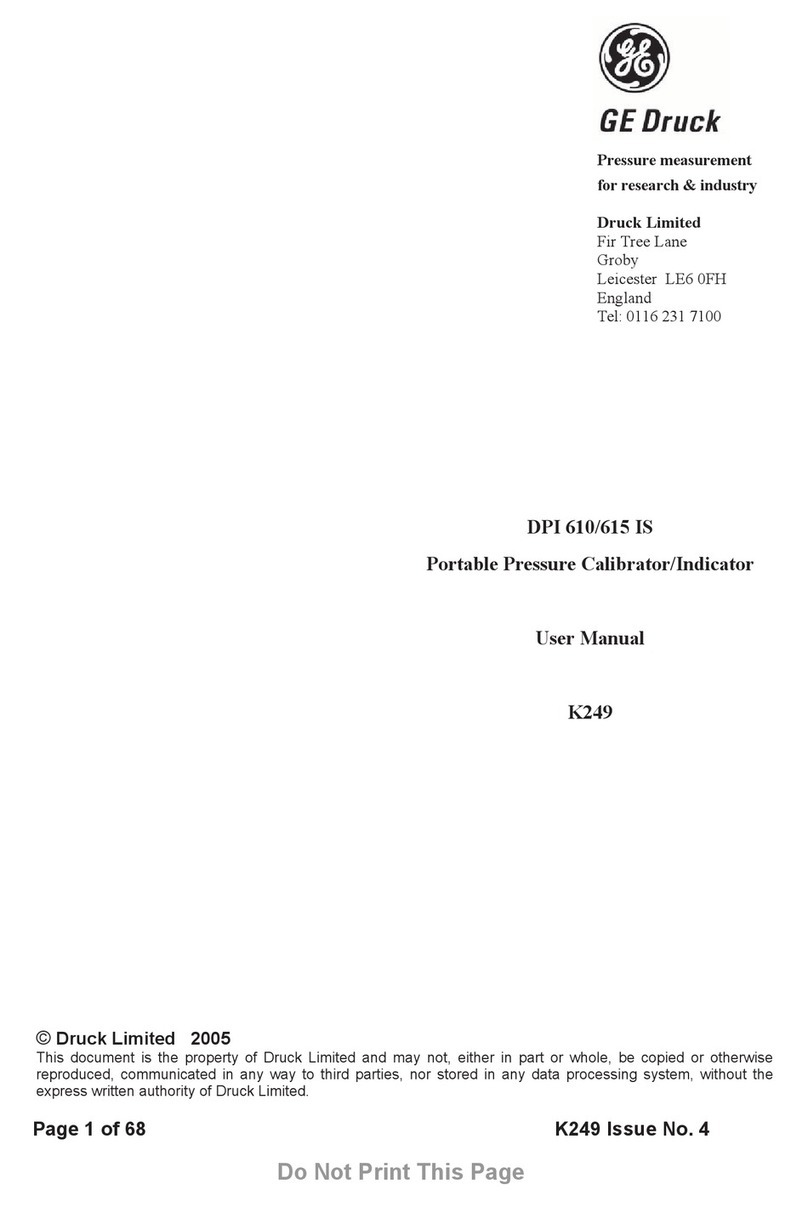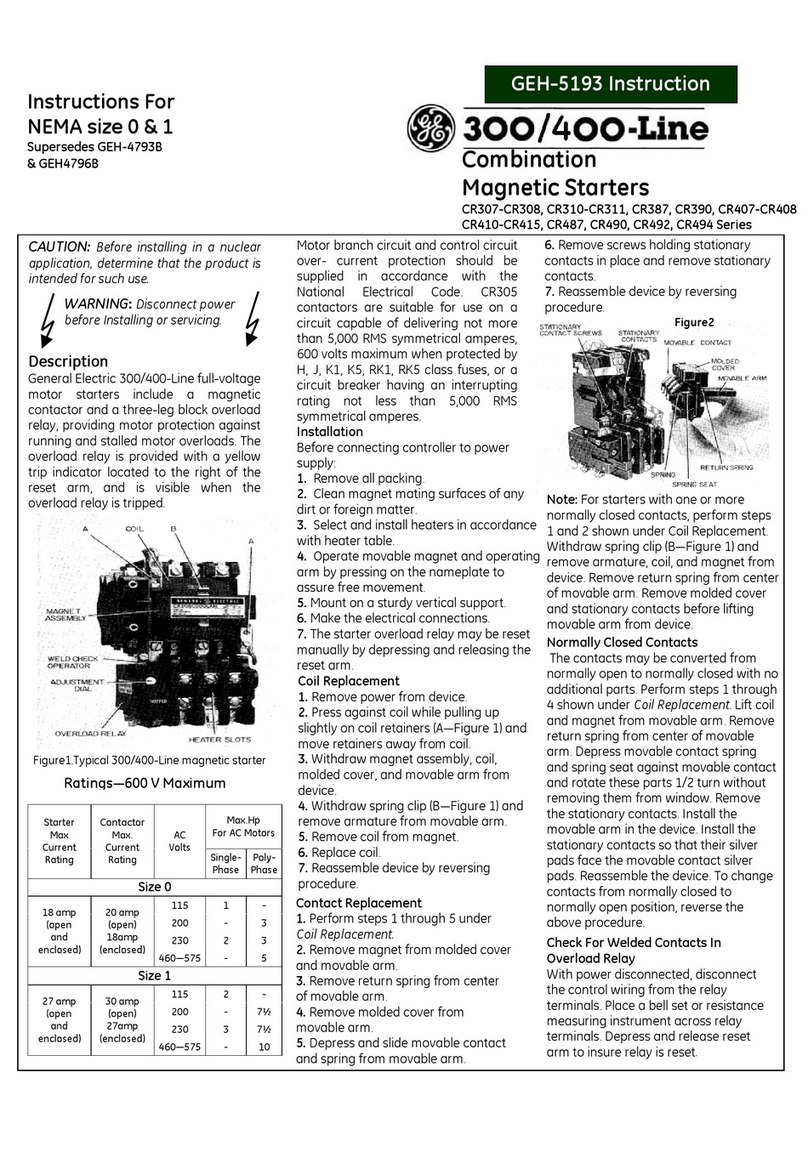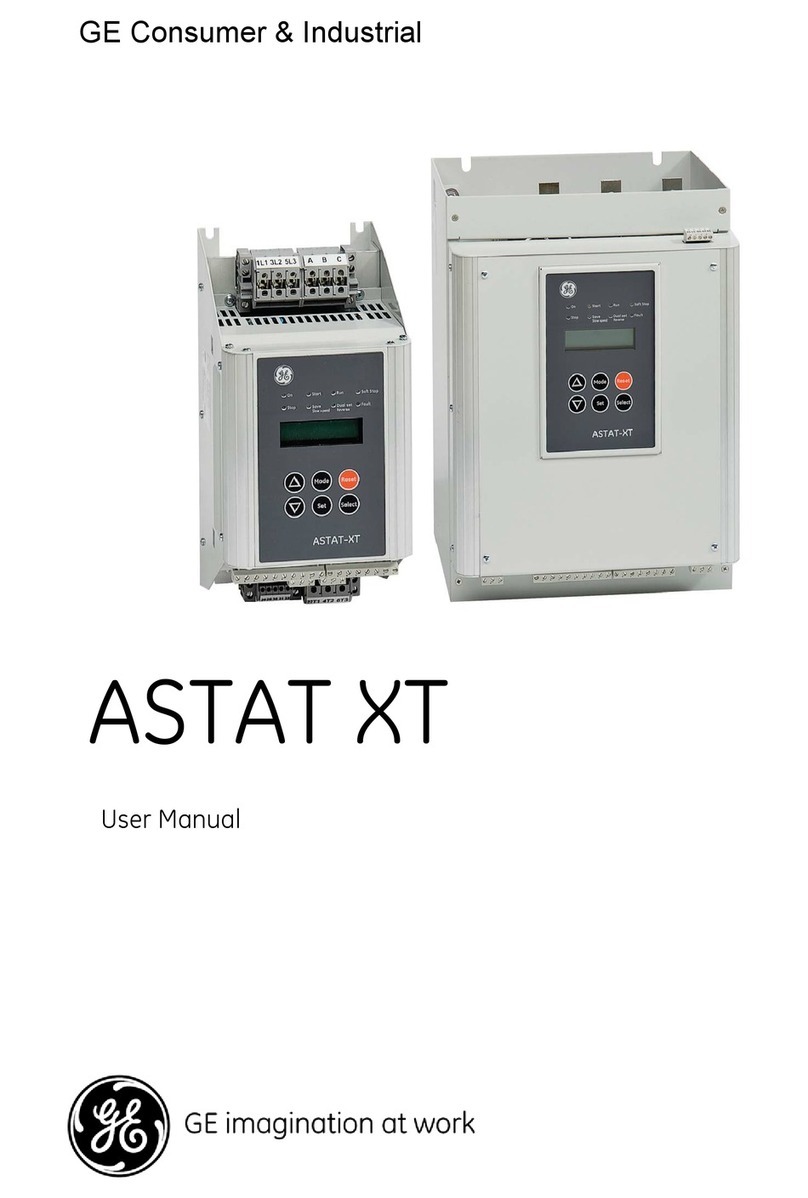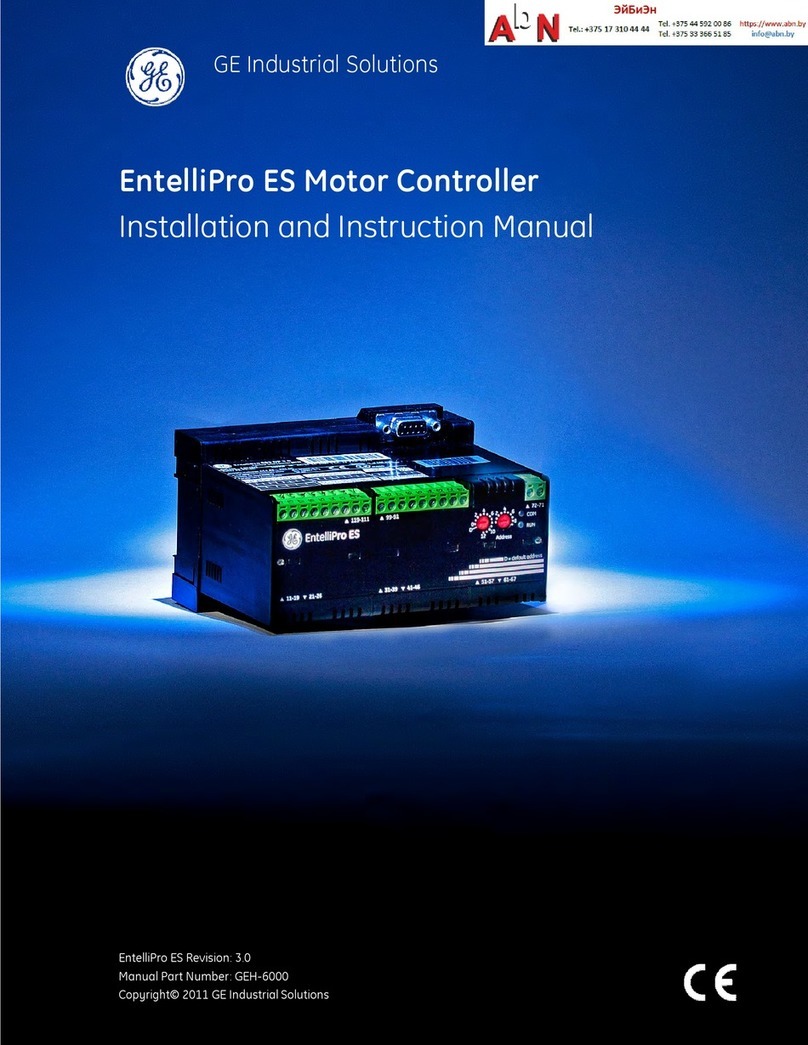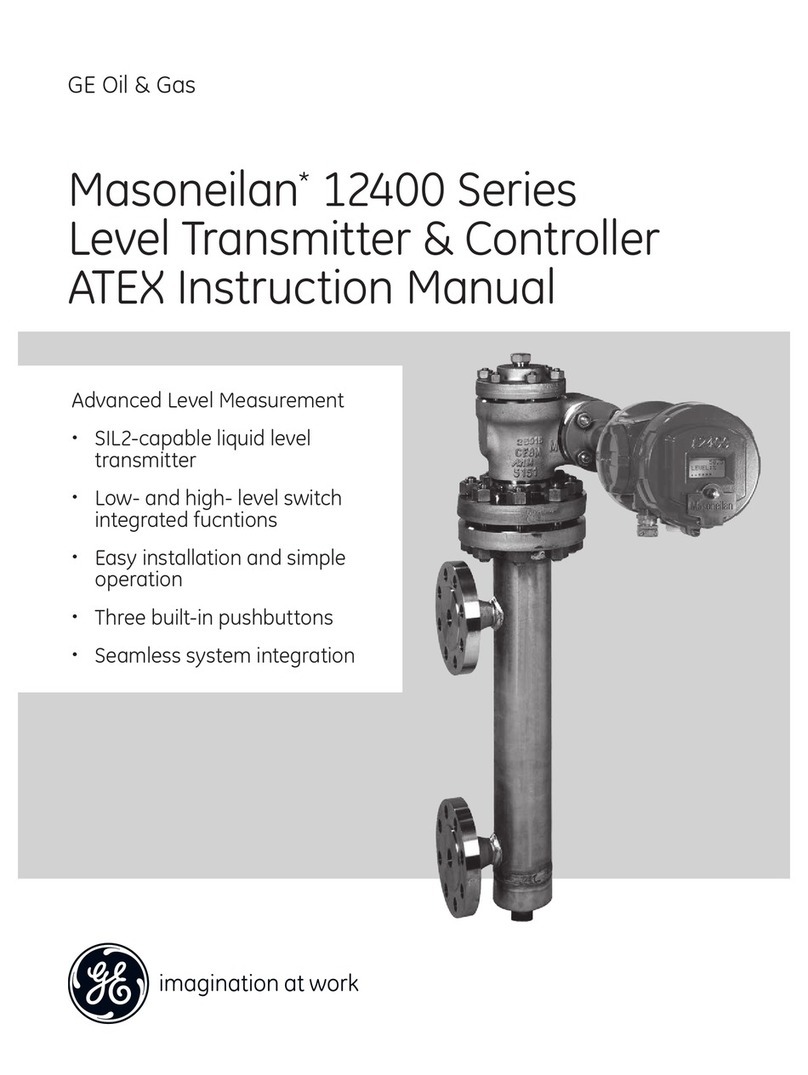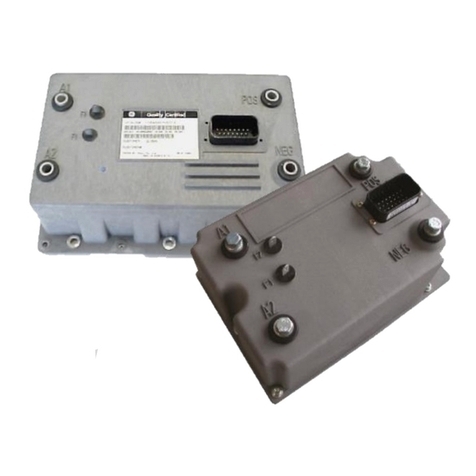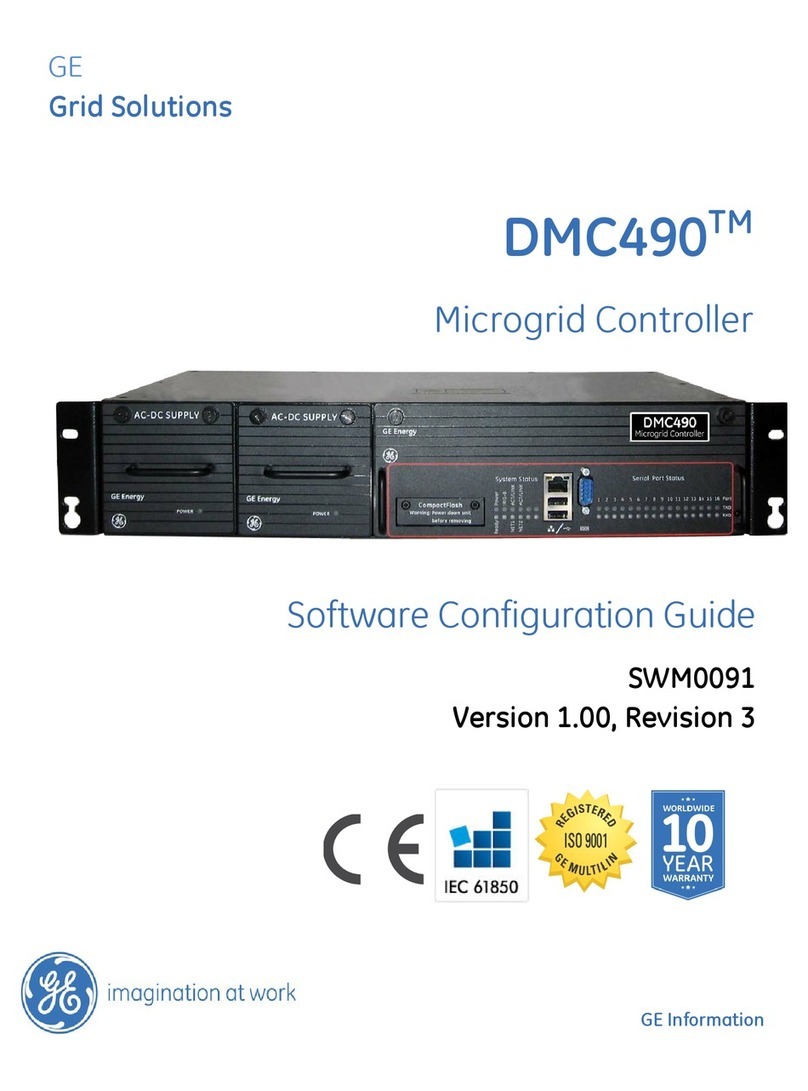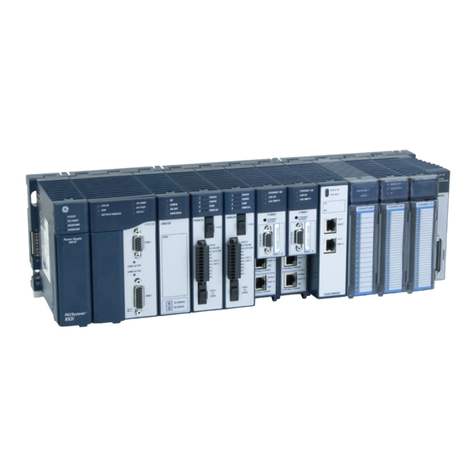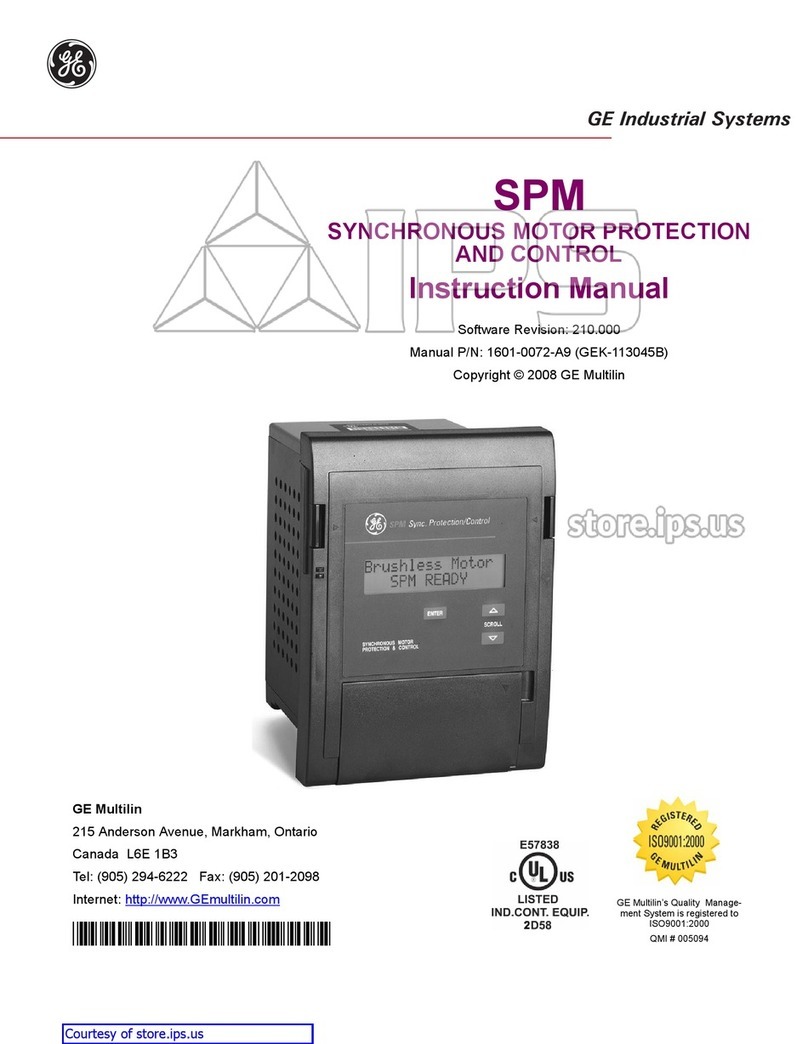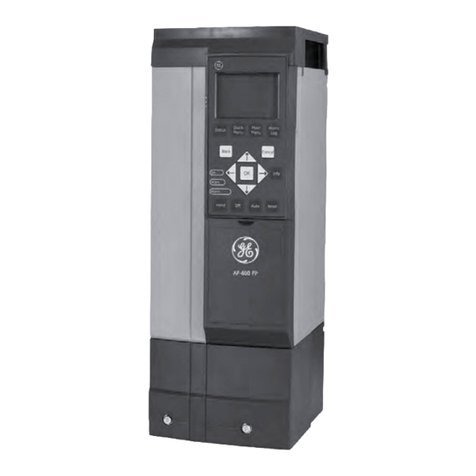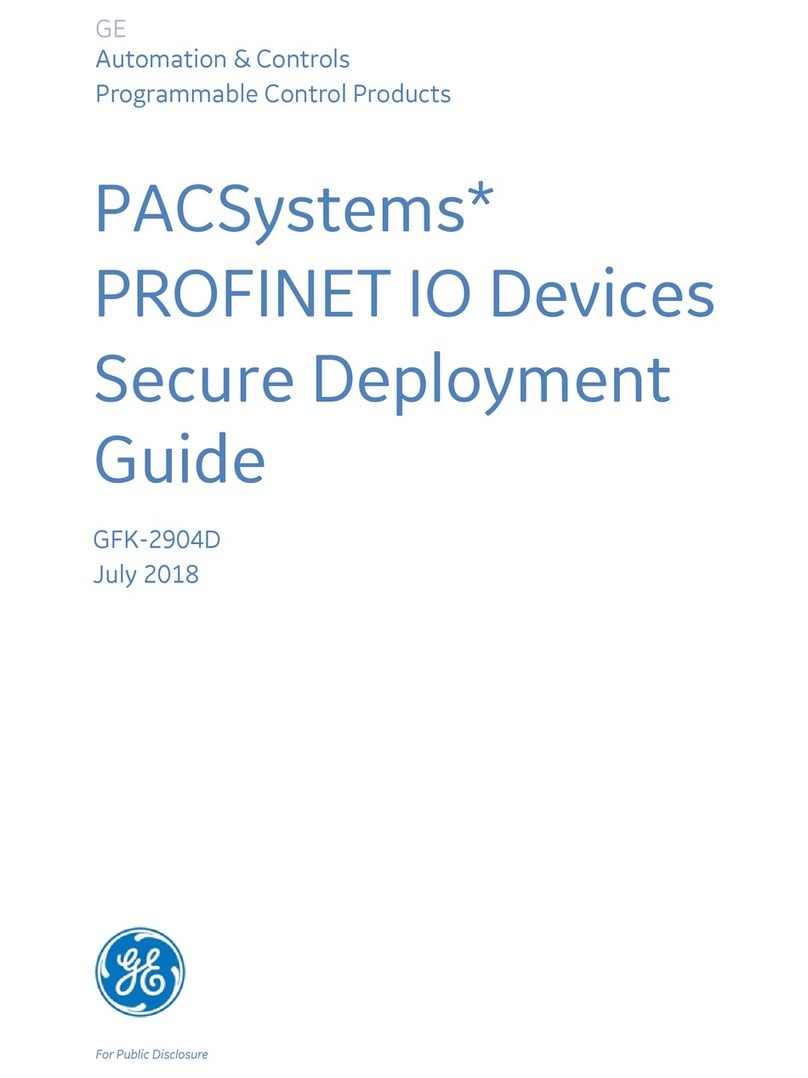
TABLE OF CONTENTS
C30 CONTROLLER SYSTEM – INSTRUCTION MANUAL v
5.2 Overview ............................................................................................................ 5-3
5.2.1 Introduction to elements .................................................................................................... 5-3
5.3 Product setup.................................................................................................... 5-4
5.3.1 Security ....................................................................................................................................... 5-4
5.3.2 Display properties ................................................................................................................5-22
5.3.3 Clear relay records ..............................................................................................................5-23
5.3.4 Communications ..................................................................................................................5-24
5.3.5 Modbus user map ................................................................................................................5-77
5.3.6 Real-time clock......................................................................................................................5-78
5.3.7 Oscillography .........................................................................................................................5-82
5.3.8 Data logger .............................................................................................................................5-84
5.3.9 User-programmable LEDs ...............................................................................................5-85
5.3.10 User-programmable self-tests ......................................................................................5-89
5.3.11 Control pushbuttons...........................................................................................................5-89
5.3.12 User-programmable pushbuttons...............................................................................5-91
5.3.13 Flex state parameters........................................................................................................5-96
5.3.14 User-definable displays.....................................................................................................5-97
5.3.15 Direct inputs and outputs.................................................................................................5-99
5.3.16 Teleprotection.....................................................................................................................5-106
5.3.17 Installation............................................................................................................................5-107
5.4 Remote resources ........................................................................................5-107
5.4.1 Remote resources configuration ...............................................................................5-107
5.5 System setup.................................................................................................5-108
5.5.1 Breakers.................................................................................................................................5-108
5.5.2 Switches.................................................................................................................................5-113
5.6 FlexLogic ........................................................................................................5-116
5.6.1 FlexLogic operands ..........................................................................................................5-116
5.6.2 FlexLogic rules ....................................................................................................................5-123
5.6.3 FlexLogic evaluation ........................................................................................................5-124
5.6.4 FlexLogic example............................................................................................................5-124
5.6.5 FlexLogic equation editor..............................................................................................5-129
5.6.6 FlexLogic timers .................................................................................................................5-129
5.6.7 FlexElements .......................................................................................................................5-129
5.6.8 Non-volatile latches .........................................................................................................5-133
5.7 Control elements..........................................................................................5-134
5.7.1 Overview................................................................................................................................5-134
5.7.2 Selector switch ...................................................................................................................5-134
5.7.3 Digital elements .................................................................................................................5-140
5.7.4 Digital counters..................................................................................................................5-142
5.7.5 8-bit switches......................................................................................................................5-144
5.7.6 PID regulator........................................................................................................................5-145
5.8 Inputs/outputs..............................................................................................5-148
5.8.1 Contact inputs ....................................................................................................................5-148
5.8.2 Virtual inputs .......................................................................................................................5-150
5.8.3 Contact outputs .................................................................................................................5-151
5.8.4 Virtual outputs ....................................................................................................................5-154
5.8.5 Resetting................................................................................................................................5-154
5.8.6 Direct inputs and outputs..............................................................................................5-155
5.8.7 Teleprotection.....................................................................................................................5-158
5.9 Transducer inputs/outputs ........................................................................5-160
5.9.1 DCmA inputs........................................................................................................................5-160
5.9.2 RTD inputs.............................................................................................................................5-161
5.9.3 DCmA outputs.....................................................................................................................5-162
5.10 Testing............................................................................................................5-164
5.10.1 Test mode function...........................................................................................................5-164
